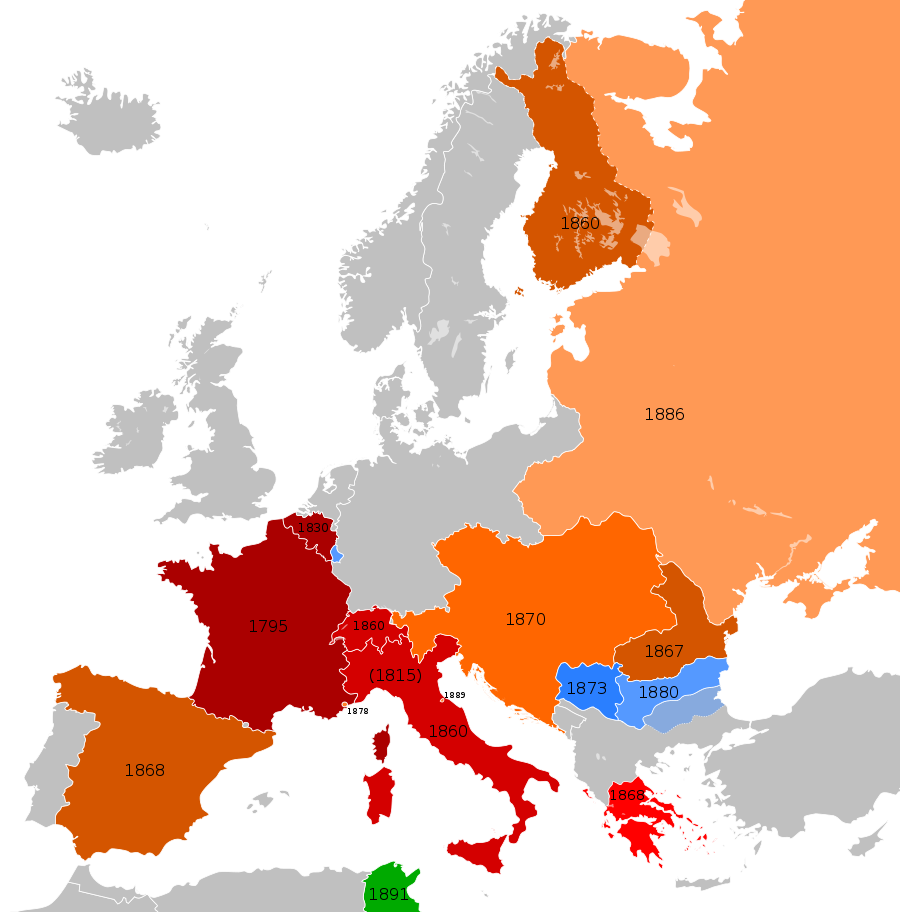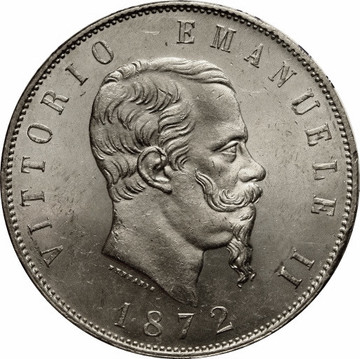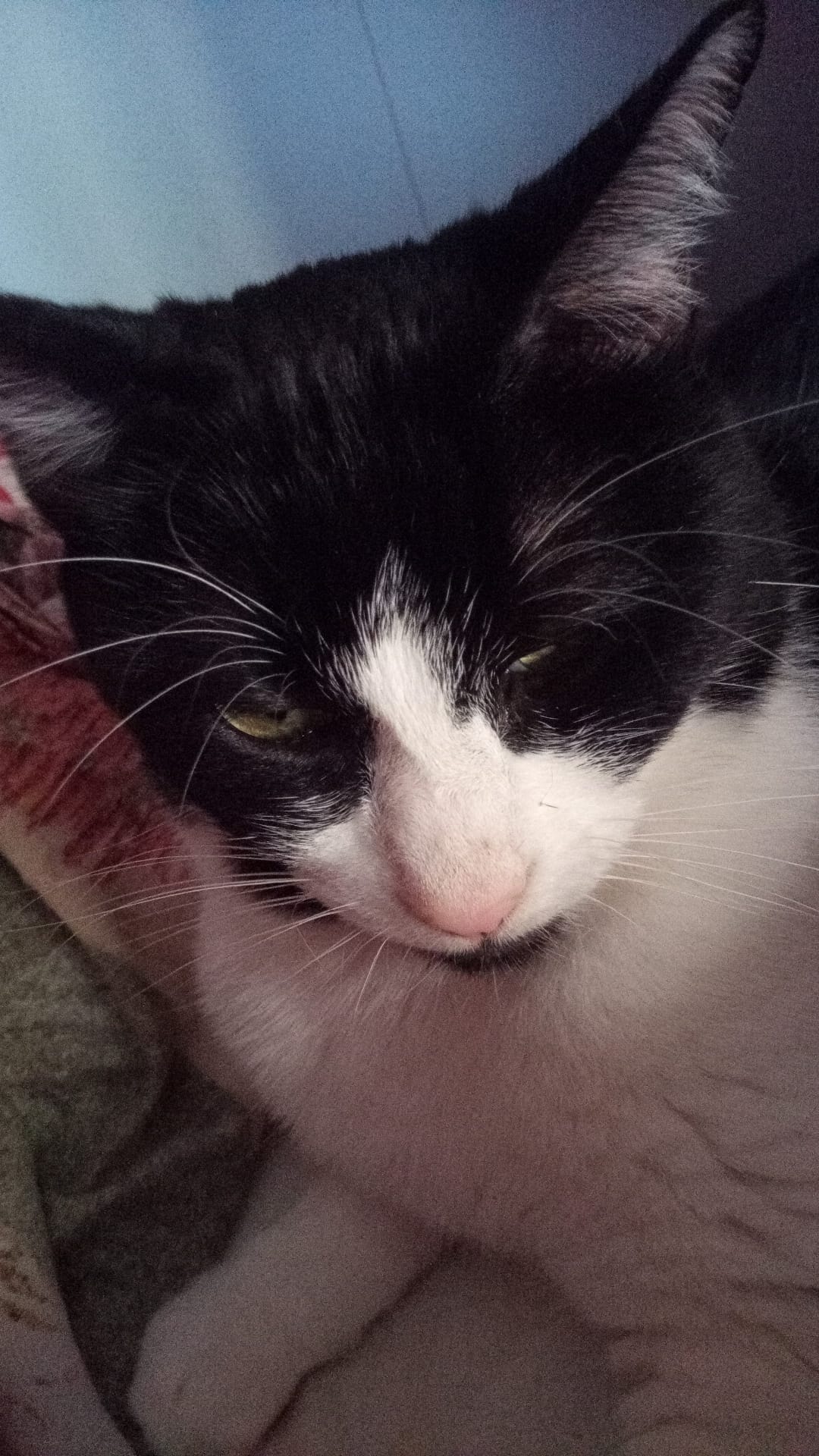As for the previous post, I own a couple, but I’m on vacation right now, so have some stock photos from numista.
This coin is very interesting because in some sense it isn’t just an Italian coin, it’s a French coin, a Russian coin, a Spanish coin, a Dutch coin, a Greek coin and much more.
What am I talking about? Well, I’m talking about the Latin monetary union, a monetary standard in use between 1865 and 1927 (but that de facto died during world war 1) and that entailed that:
Every coin from every member state could circulate freely with no tariffs (ex: you could buy something that had a cost of 5 lire paying with 5 francs)
Every coin of the “5” denomination should contain 25 grams of .900 silver, or 1.61 grams of .900 gold
Every coin, from the 0,20 to the 200 denomination had it’s precise amount of gold or silver it should contain, to be legal in the union. This is a map of the countries that took part in the pact.
 Courtesy of Wikipedia
Courtesy of Wikipedia
 And this is the front of the coin, courtesy of numista.
And this is the front of the coin, courtesy of numista.
The 5 lire coin from Vittorio Emanuele II is my, and many Italian’s favorite way of stacking silver, since the premiums aren’t quite high, a coin in F/VF, when not a key date, costs about 25/30 euros.
Edit: for more info about the Latin monetary union, here’s the Wikipedia page: https://en.m.wikipedia.org/wiki/Latin_Monetary_Union
Edit2(this is becoming reddit): if you live in a country on that map, it’s rare but not impossible your grand grand fathers have some coins from some other countries on that map, Ive heard of a story of a man in Italy who found a 5 francs coin in his grandfather’s drawer, after learning about the Latin monetary union it all becomes clear, those coins circulated freely. You could buy a meal with 2 Lire or with 2 francs, you could buy a hat with 5 Drachmas or with 5 Rubles.
and so it’s Uncommon but not impossible to find some coins from foreign Latin countries of that period in old houses.

